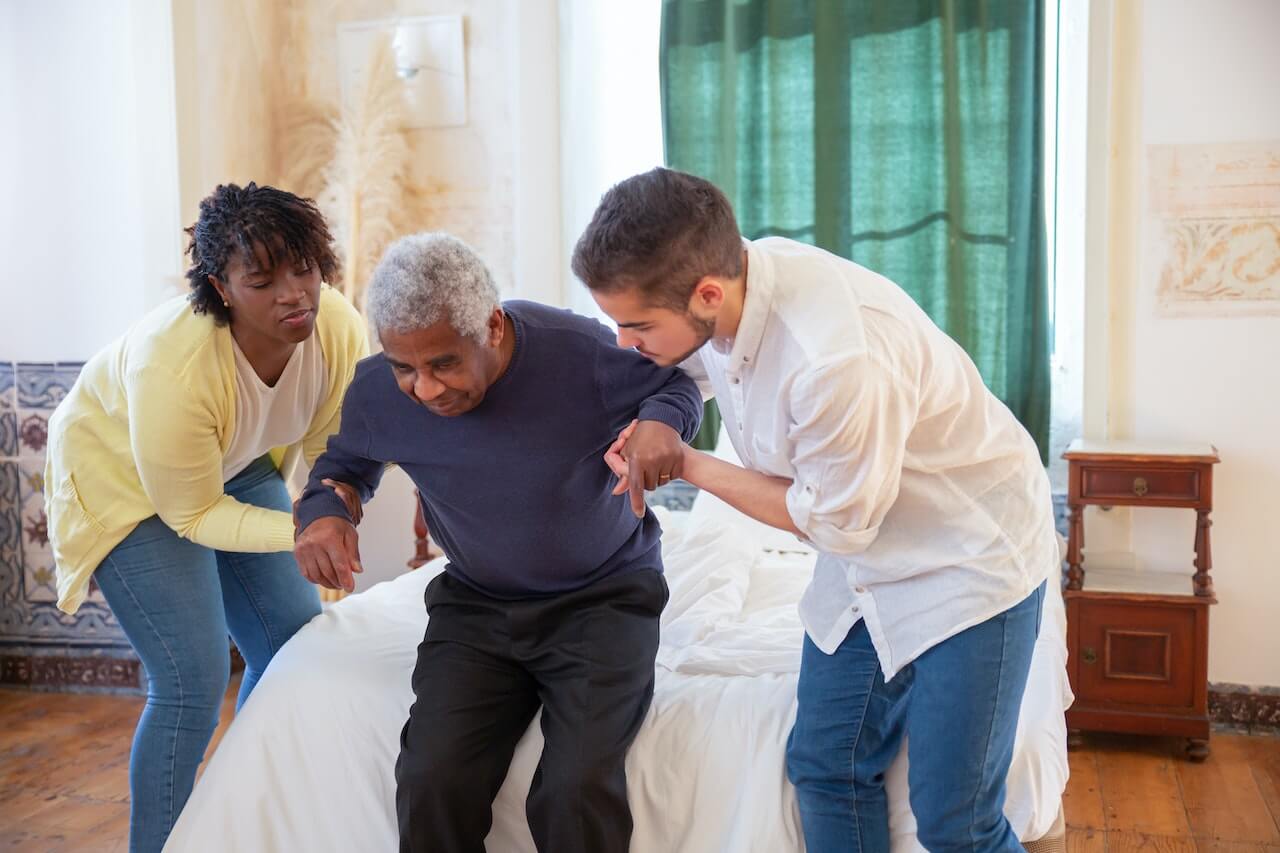
COVID-19 patients over 40 years old, males, black people, and those with pre-existing conditions were found to be at higher risk of developing hypertension. (© M. Business – stock.adobe.com)
ANN ARBOR, MI — Growing older is never fun, but University of Michigan researchers assessed how today’s older adults feel about “aging in place.” In the process, they found a number of troubling racial and ethnic disparities among people ages 50 to 80. For example, they found that about 40 percent of African-American older adults live with a disability, compared with just one-third of older adults overall.
The CDC defines “aging in place” as “the ability to live safely, independently, and comfortably in one’s own home and community, regardless of age, income, or ability level.”
The team initially set out to analyze whether people aged 50 to 80 were prepared to retire in the places they knew, and whether there were any racial or ethnic differences. Disability was just one of many differences they found, and the study was made possible by using data provided by the National Survey on Healthy Aging.
Lead researcher Shelia Robinson-Lane, an assistant professor of nursing at the University of Michigan, added that many of the disparities observed are related to overcoming specific stressors linked to environmental, economic and social factors that are known to accelerate with age. The researchers pointed to income, disability status and household structure as factors that often negatively impact aging among minorities.
Robinson-Lane added that she was somewhat surprised at the high levels of disability, especially among African-American older adults, compared with only 36% of the study’s multiracial cohort having a disability.
“I knew there were barriers for older people, but I hadn’t really considered the extent to which they existed,” Professor Robinson-Lane said in a statement. “So many communities are inaccessible, and I think that was a shock to me. The main takeaway is that we need to create more accessible spaces. Demographics are changing, and there aren’t enough young people to support older people.”
“It has taken far too long to initiate these important changes to ensure a basic level of accessibility within our communities and public spaces.”

 The study found that about 40% of African-American seniors live with a disability, compared with only one-third of older Americans overall. (Photo: Kampus Production, Pexels)
The study found that about 40% of African-American seniors live with a disability, compared with only one-third of older Americans overall. (Photo: Kampus Production, Pexels)
The project also shows that rural Indigenous people are most prepared to age in a familiar place. This finding refutes the widely held belief that cities are better accessible to older adults than the countryside. Yet Indigenous people report being most confident that they will have the assistance they need for daily living. Indigenous participants are also most confident that their homes have all the features they need to age in a familiar place. The researchers add that most of these assertions seem to be supported by the presence of certain home features that are easy to access.
While studies focusing on rural health have typically focused on white populations and tend to exclude Native Americans, Native American populations also live in rural areas. The researchers theorize that the self-sufficiency reported by Native American participants is likely due to a combination of culture and community.
“They have a long history of having to fend for themselves and relying on their communities to meet their needs,” Robinson-Lane said. “They can continue to do that as they get older.”
It’s also worth noting that Indigenous people tend to have the shortest life expectancy, so while they may be better prepared to settle down and live out their old age, they’re not living as long as white people, Prof Robinson-Lane said.
Meanwhile, Asian, African-American, Hispanic and multiracial respondents were more likely to be part of the “sandwich generation” and have one or more children living in the home — an example of weathering stress, Robinson-Lane said.
Key findings:
A quarter of respondents reported an annual household income of $30,000 or less, compared with only half of African-American respondents. More than 25% reported living alone, with the highest rates among African-American (44%), Native American (40%), and multiracial (36%) populations. Overall, 23% had a household member with a disability, compared with 36% of African-American respondents and 34% of multiracial respondents. 21% rated their health as fair or poor, compared with 37% of African-American respondents.
The study was published in the journal Geriatric Nursing.

